Tu carrito está vacío
MOTO Products
shop your way
Choose a shopping experience
Same great Risk Racing products, 3 completly different ways to shop them.
Choose a shopping experience
Same great Risk Racing products, 3 completly different ways to shop them.
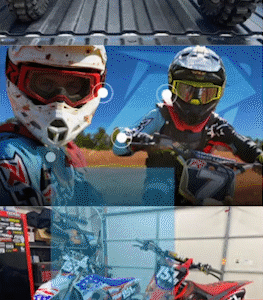
Lifestyle Shopping
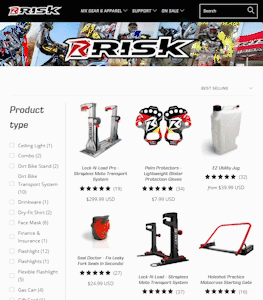
eComm Shopping
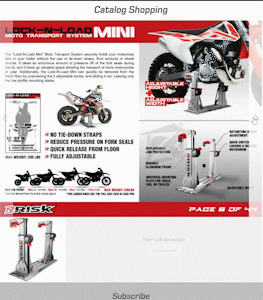
Catalog Shopping
MOTO TYRES
MOTO Gear & Apparel
How to Ride a Dirt Bike Like a Pro - A Beginner's Guide
enero 17, 2022 10 lectura mínima
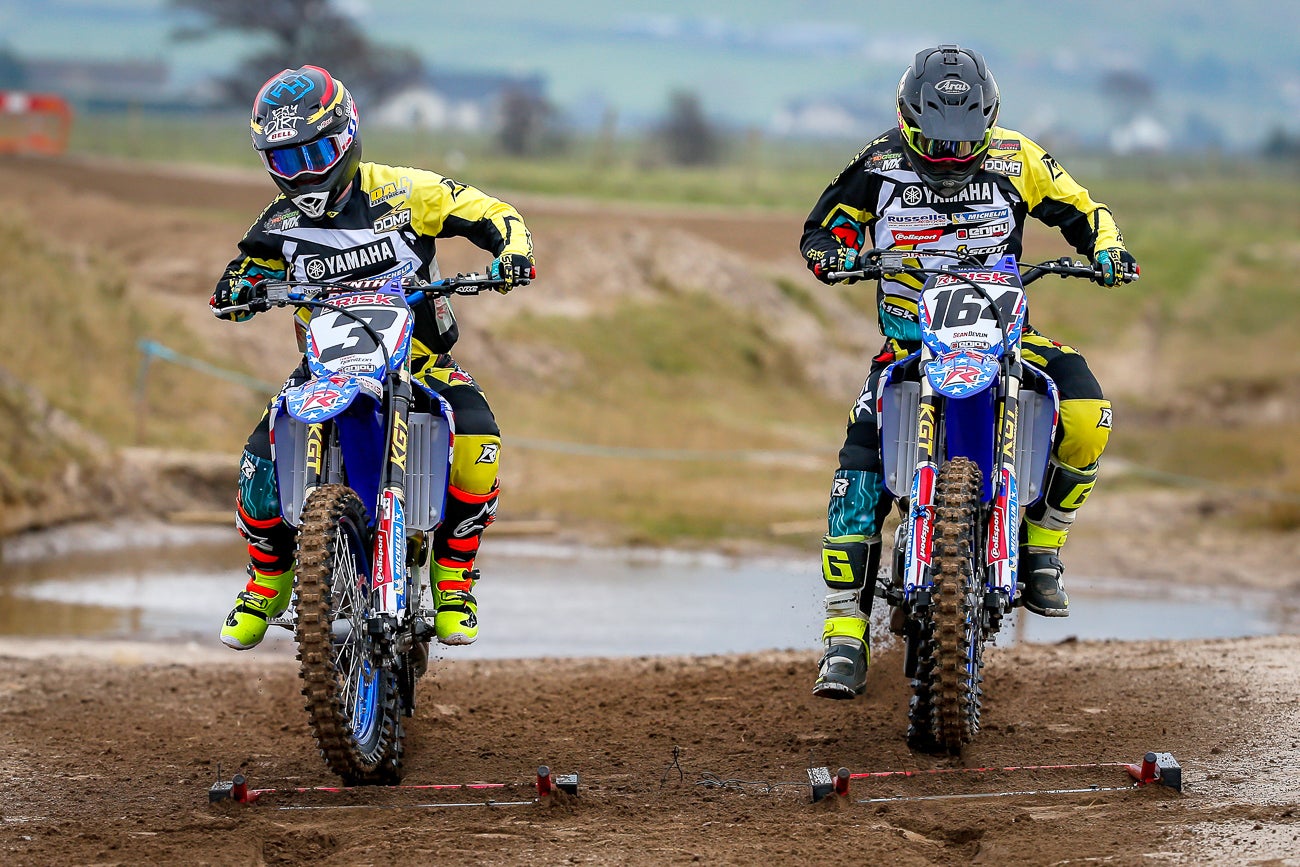
When you are first starting out, the prospect of riding a dirt bike can seem intimidating. You don’t want to hurt yourself or damage the bike.
Don’t worry, every great dirt bike rider felt like this when they were first starting out. The key is to get started on your riding journey. Keep reading to learn the right way to start this process.
Managing the Throttle
When you are riding for the first time, the most difficult thing that you need to master is learning how to use the throttle. Not enough throttle and the bike won’t move. Too much and you’ll be thrown off the bike.
When you are riding for the first time, it’s important to start slowly. You’ll need to get used to getting the bike rolling. Once you’ve started the bike, you’ll need to ease back on the clutch, while increasing the throttle. You’ll need to do this slowly. Mastering this aspect can take a bit of practice.
Getting this skill right will often take some time. You will want to practice this on the smoothest terrain as possible for the first few times.
The throttle will control the speed of the bike. So, if you ever feel like you are riding too fast, let go. It will take itself back to the starting position and you should start to feel the bike slowing down.
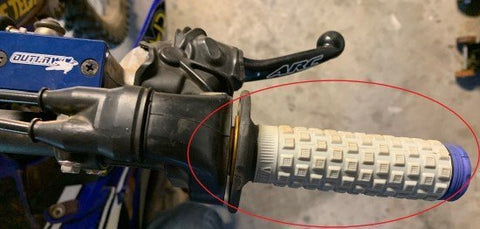
Changing Gears
The next skill that you need to master is changing gears. To do this, you will need to follow these steps:
- Bring in the clutch.
- Release the throttle.
- Using your left foot, move the gear shifter up or down to suit your riding speed and terrain.
- Release the clutch, you can do this quickly.
When you are riding a dirt bike, you can lose track of what gear you are in. As a result, some people can find it difficult to know when it’s time to change gears. The key is to listen to your engine and the way that you are holding the throttle.
If the engine is revving hard, or you are close to full throttle, it’s time to change to the next gear up. On the other hand, when the engine is struggling and seems like it is about to stall, it’s time to change to a lower gear.
When you are slowing down your bike, you’ll need to make sure that you are pulling in the clutch first. If you don’t do this, there is a chance that you will cause the bike to stall.
At first, it will be difficult to learn when it’s the right time to change gears. But over time, you will get used to the bike. You’ll learn the cues to read the cues to change up or down a gear.

Steering the Bike
The third skill that you will need to consider is how you will steer the bike. As you are doing this, you’ll need to lean your body forward. You’ll want to be close to the fuel tank. Keep your elbows up high. As you are approaching the corner, you’ll need to lean your body into the turn. Oftentimes, you might want to sit down as you go into the corner.
When you are turning a corner, you can stick out your foot. Keep your toes pointed. If they catch on the dirt, it can be enough to tip your bike over. This is a good way of keeping the bike stable if the rear tire gets loose. You’ll also be able to make sure that you don’t get stuck in a rut on an off-road trail.
Another common mistake that beginners make is focusing on the wrong area. They find themselves staring at the front of the wheel. Instead, you’ll want to look where you want the bike to go. If you do this, you’ll naturally find the bike moving in this direction. It will also allow you to scan the track, allowing you to spot potential obstacles in advance.
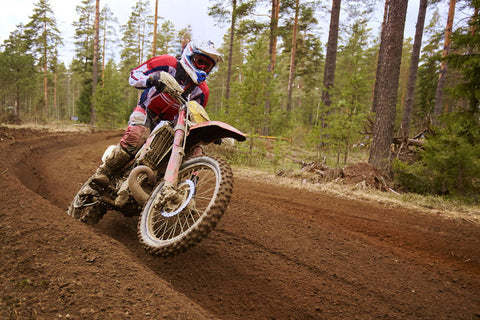
Braking Effectively
The next skill that you will need to master is being able to brake properly. Usually, there will be two brakes on a dirt bike. They serve two different purposes.
- Front brake.This will control the front wheel of the dirt bike. To slow down using the front brake, you need to squeeze the right handlebar lever.
- Foot brake. This controls the rear wheel. You will need to put the ball of your right foot on this brake. When you want to slow down, ease your foot forward and apply pressure to the brake lever.
Many of us grew up riding bikes. Because of this, we can gravitate towards the front brake. This has been the cause of a lot of crashes. The front brake is very sensitive. Squeezing it will cause your bike to rapidly slow down. Because of this, many beginner riders have lost control of the front wheel and laid the bike down or been thrown over the handlebars.
If you are new to the world of dirt biking, the foot brake can be a difficult concept to grasp. But it is the preferred brake, especially for those who are new to dirt bikes. It will slow you down more gradually. This will allow you to keep control of the bike. Eventually, you will find harmony between using both the front and rear brakes.


Getting the Right Body Position
One of the most important elements for beginners to master is their body position. Where you put your weight will determine how much control you have over the bike. On a BMX or mountain bike, you are used to riding when sitting down.
A dirt bike is a more active experience. You will need to get used to riding while standing up. This will allow you to have more control over your center of gravity. You’ll be able to lean into the corners. You’ll also find it easier to adjust to the uneven ground of the race track as your legs will become a second form of suspension.
But getting used to standing up can be a big challenge. This is normal. Many beginners will find themselves struggling. You might notice your legs sliding off the footpegs. Sometimes, you won’t be able to center your weight and the bike will tip over.
When you are getting started, you’ll need to work on finding your balance. Here is what correct body position on a dirt bike looks like:
- Make sure that the balls of your feet are on the pegs.
- You should be leaning forward slightly. Your chest should be over the handlebars
- It’s often helpful to grip the bike with your knees.
- Make sure that your knees are slightly bent. This will add a bit of suspension, stopping you from jarring your back.
- You’ll want to make sure that your elbows are bent. But they shouldn’t be locked in place.
- Your head should be up, scanning the track out ahead of you.
- Hand n both sides of the bars one clutch side and one on the throttle and with one finger on the clutch.

It can take a while to find a comfortable position. You might need to make some adjustments to the bike. For example, you can raise or lower the suspension to fine tune the bike to you and/or the track.
Most of the time, you will be standing on the bike. However, there are some moments where you will be able to sit down. This will allow you to put more pressure on the back tire. This can help you boost acceleration on the straightaways. It can also help you get more traction as you are going around the corner. But it is rare for you to be sitting down for very long.
When you are getting started, you’ll find that riding a dirt bike can take a big toll on your body. It’s a great whole-body workout. Because of this, you might have to build up to a longer track. It’s also a good idea to do some stretches before you start riding. This will ensure that you don’t get any muscle stiffness.
Body Position When Jumping
Jumps are an important part of dirt bike racing. But you’ll need to approach them carefully. If your body position is wrong, there is a good chance that you will end up crashing. Here are some of the tips to keep in mind:
- Stand up, rather than sitting down
- Lean forward, with your body at a 45-degree angle
- Your knees should be squeezing the bike
- Keep your feet forward
- Try to distribute your weight evenly. Too far forward or back could shift the balance and cause you to crash

The body position isn’t the only thing you’ll need to consider. It’s also important that you are using the right amount of throttle. This ensures that you have the speed you need to land the jump. Also, consistency with the throttle is key to a smooth jump. To much throttle at the last minute and you loop out, letting off or braking and you will come up short or even get thrown over the bars.
Practicing the Basics
Hopefully, you now have a better idea of the basic principles of riding a dirt bike. Now, you can start putting them all together. Like learning any new skill, you can’t expect to be perfect from day one. You’ll need to be willing to put in a lot of practice.
At first, you’ll want to focus on getting used to balancing on the dirt bike and learning about the controls. It’s best to do this in stages. At first, focus on learning the basic controls. Aim to go in a straight line, getting used to working the clutch and the throttle. While you’re doing this, get used to using the foot brake to slow down.
Once you are confident with this, it’s time to practice changing gears. Practice smoothly accelerating into top gear, and back down again.
Next, it’s time to focus on your body positioning. Set up some cones and try to weave through them. It’s best to do this on flat ground. At this stage, you just want to get used to maneuvering the dirt bike. We’ll focus on getting ready for a race a little later.
Most importantly, you’ll need to be patient. Sometimes, it can take a few weeks to learn the basics. For some riders, it can take a few months before they are confident enough to start going on tracks. The key to building your skills is consistent practice. Aim to spend a few hours each week learning this new skill.

Get a Professional Mentor
At this stage, it can help to turn to a professional coach. They will be able to guide you through this process. For example, they can give you tips on how to improve your body positioning. They can also guide you through drills. A good coach should be able to notice your bad habits and help you correct them.
Plus, when you are learning, it can be helpful to have someone to talk to. This can be a great opportunity to get your questions answered. It’s always good to have someone providing positive feedback and reassurance.
Learning to Crash
Once you are confident riding the dirt bike, you’ll be itching to get out onto the track. This is where you will be able to put your skills to the test. But you will crash. It happens to everyone. The key is preparing yourself beforehand. This will help you avoid serious injuries. Here are some tips you can use:
- Don’t stick out your feet.This is a normal response when you feel off-balance, but there is a good chance that the dirt bike will land on top of it. If this happens, your ankle will be crushed beneath the weight of the bike.
- Always use protective gear. When you are riding a dirt bike, you must be using protective gear. This is crucial for protecting yourself in the event of a crash. It can literally save your life.
- Move off the track. If you are in a race, you need to get out of the way of other riders. If you don’t, there is a chance that one of them will hit you. If you are uninjured, get your dirt bike off the track as well.
- Assess your injuries. After the accident, you’ll need to be attuned to your body. Sometimes, the adrenaline can cover up the pain from the crash. If you start to feel pain afterward, it’s a good idea to get it checked out. This includes symptoms like headaches and dizziness. These could be signs of a concussion.

There are a few inevitable things in life. Death, taxes, and dirt bike riders having crashes. It will happen. But you can’t let the fear of having an accident keep you off the bike. As long as you are following the right safety procedures, you’ll usually walk away with only a bruised ego.
Practicing Your Race Starts
Once you are confident on the track, it’s time to get ready to enter a race. This is one of the most exciting moments in your dirt-biking career. But, to give yourself the best chance, you’ll need to practice your starts. This is often where the race is won or lost.
To do this, you’ll need to put your weight onto the front wheel. This will stop your bike from wheeling out. As the gate is dropping, you’ll need to lift your feet, leaning into the bar. At the start of the race, you must be able to control the clutch and throttle. This holeshot blog post here on our site goes into more depth about how to make the most of your race starts.
Like every aspect of dirt biking, you’ll need to practice this aspect before the race. To make this easier to practice on your time, here at Risk Racing we’ve developed the Holeshot Race Gate. It has random timing, replicating the conditions that you will face on the racetrack. Remember, practice makes progress.
Walk the Track
Before you take part in a race, it’s important to walk the track first. This will give you a good idea of what condition it is in. You’ll also be able to inspect any obstacles in person. This will allow you to come up with a plan for overcoming them.
While walking the track will only take a few minutes, it can make a world of difference during the race. You’ll know the best overtaking opportunities and where you can go faster to make up some ground. Plus, walking the track will reduce the odds that you will have an accident.

Caring For Your Dirt Bike
If you are going to be riding like a pro, you’ll need to be prepared to push your bike to its limits. This won’t be possible if you aren’t maintaining it properly. You don’t need to be a master mechanic to do this.
But you will need to get used to spending a few minutes after each race with it. For example, you’ll need to regularly lube the chain and check the engine oil. This service article we wrote goes into more depth about what you need to do and how often you need to do it.
To make maintaining your dirt bike easy, Risk Racing has developed the ATS magnetic stand. This has an adjustable top, so it will be able to fit any size dirt bike and keep both tire off the ground. Plus, the side panels are magnetic. This will allow you to strap your tools and any loose nuts and bolts right to them so you don’t lose anything.

Final Thoughts
Learning to ride a dirt bike will be a difficult journey. You’ll have plenty of crashes and falls. But it will be very rewarding. Nothing beats the adrenaline rush of racing around a track. Whether you are a beginner or a professional, the key to improving your skills is simple. Lots of practice. So, get out on the dirt bike today and try it for yourself.
Dejar un comentario
Los comentarios se aprobarán antes de mostrarse.
Subscribe
Sign up to get the latest on sales, new releases and more …
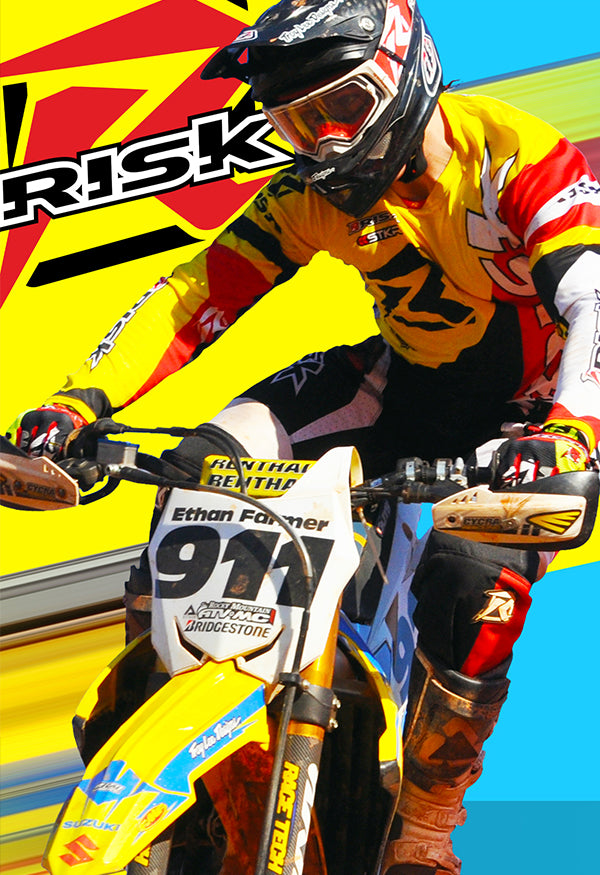
Limited Time 10% Off
Save on your 1st order and get email offers when you join.
Eligible for first-time website purchases only. Emails may take a few minutes to process and could get flagged by email providers as junk so be sure to wait a little bit and check your junk and/or spam folders.

 Reino Unido / EU▾
Reino Unido / EU▾


























